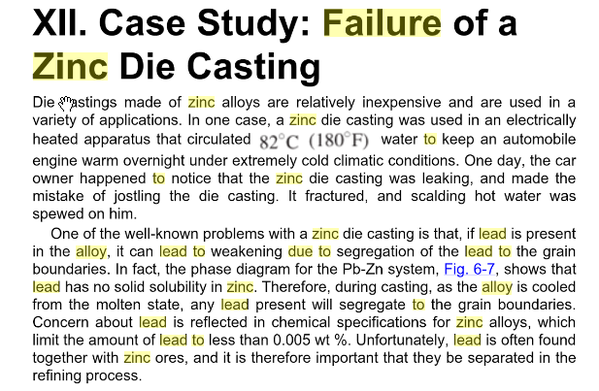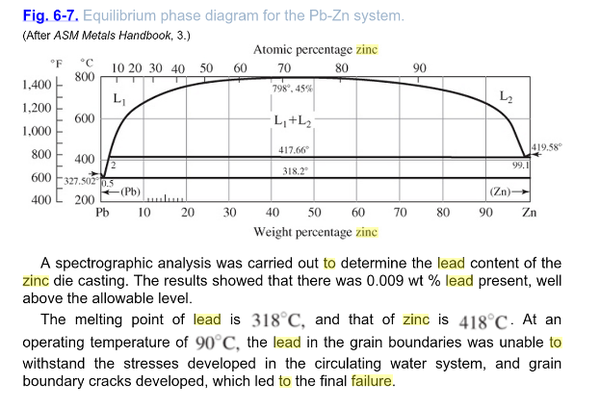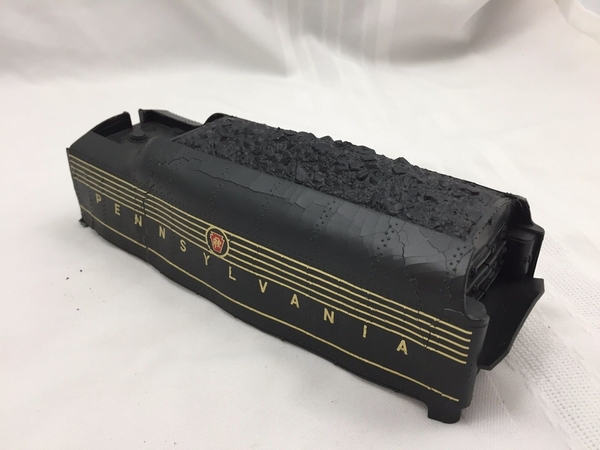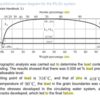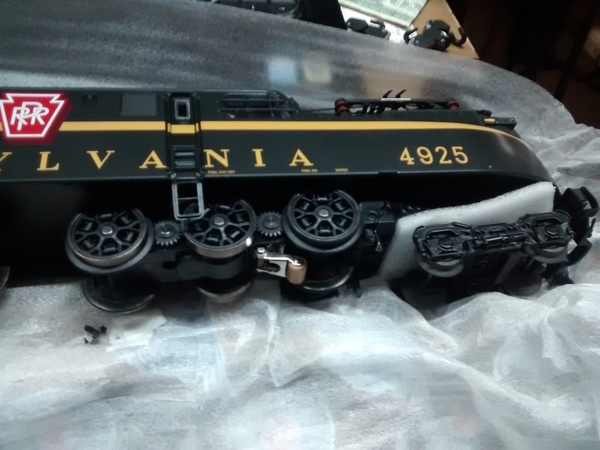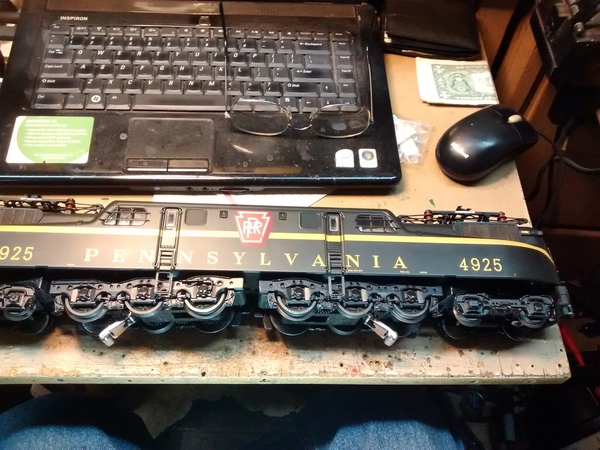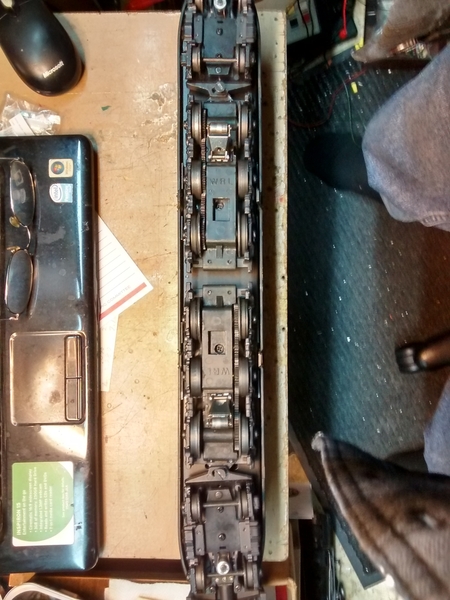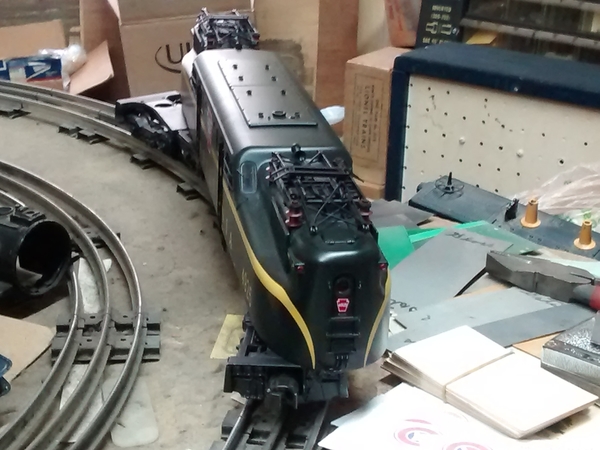How about a name of a couple of these competent foundries? Since you're obviously more well versed in this topic than most of us, care to take on this project?
Sure. Valley Brass in California, and Stevenson Preservation Models. Also probably Precision Scale and maybe Weisman, in Cynthiana.
And sure - I would take on the project. I would need a left and a right. Bowed is ok, and maybe even good, because the swelling would offset the shrink. The vulcanizing process may explode the castings, so don't expect to get them back. They would have to be in one piece, of course - not broken or falling apart.
I might need a few bucks for shipping, both to and from the foundry, and back to the owner if the price is too high. I am betting that for, say, ten sets the cost will be way, way under the $100 each you guys are paying for zamac that may or may not explode. I will not be involved in any profit-making scheme, but if any of you are entrepreneurs, seems like this is an opportunity. How many do you suppose would be needed? Do you think Lionel would be interesed in a quantity buy?
Oh, and remember, even though lost wax is quite good, a little light machining will probably be needed.












